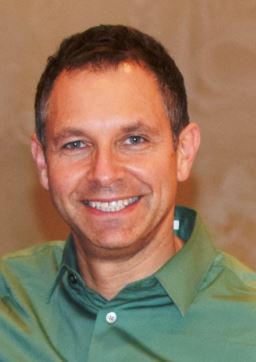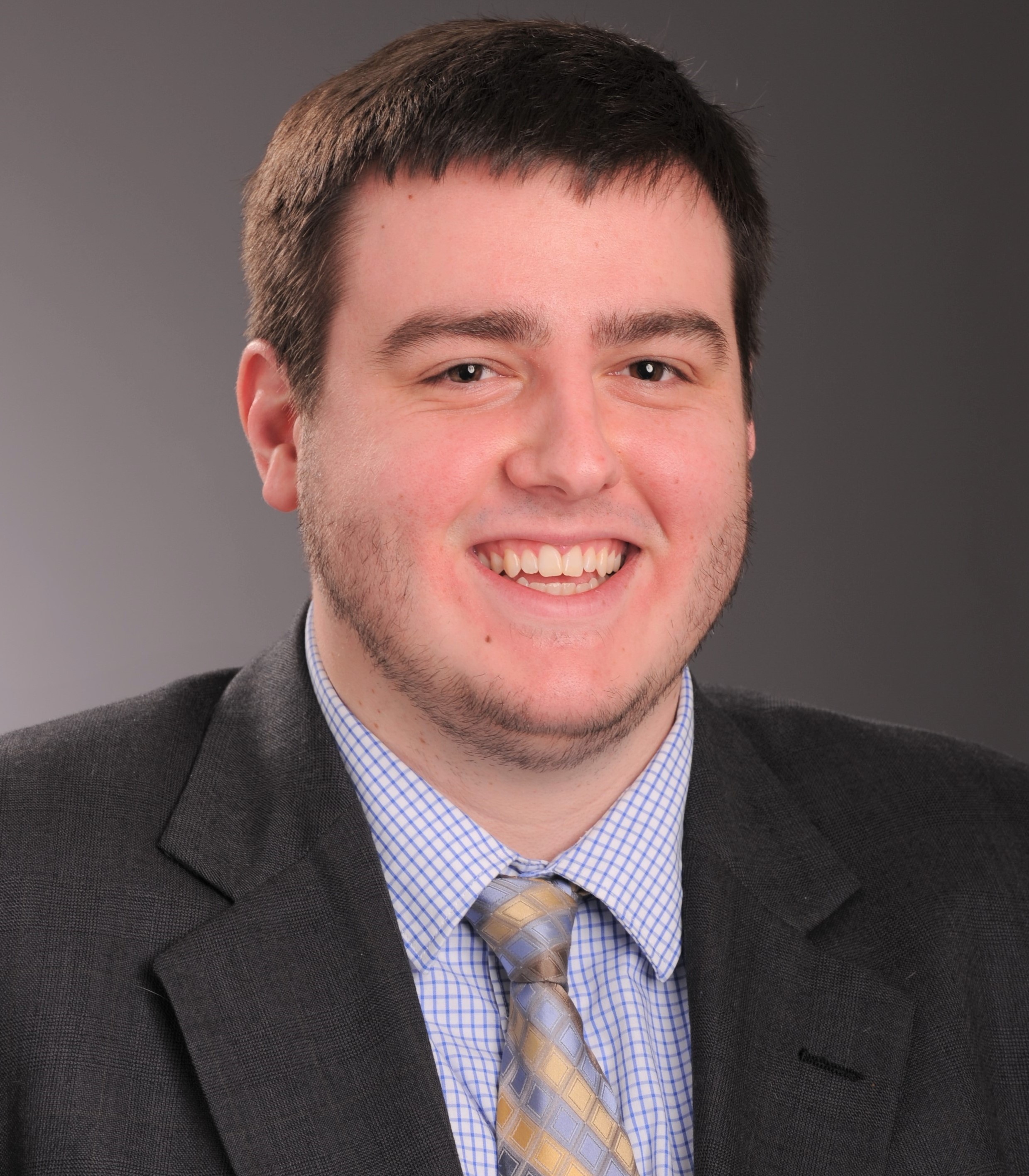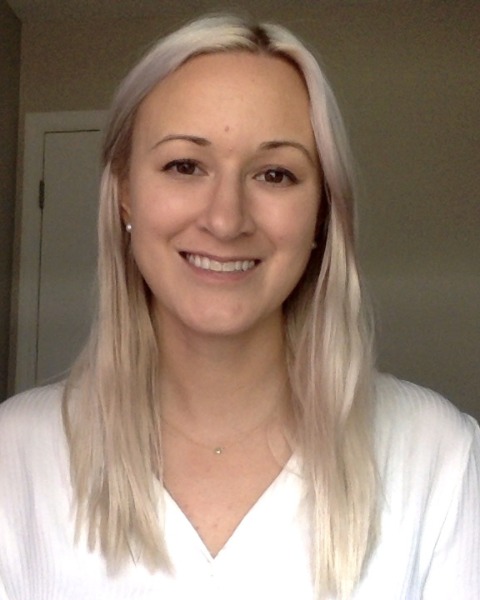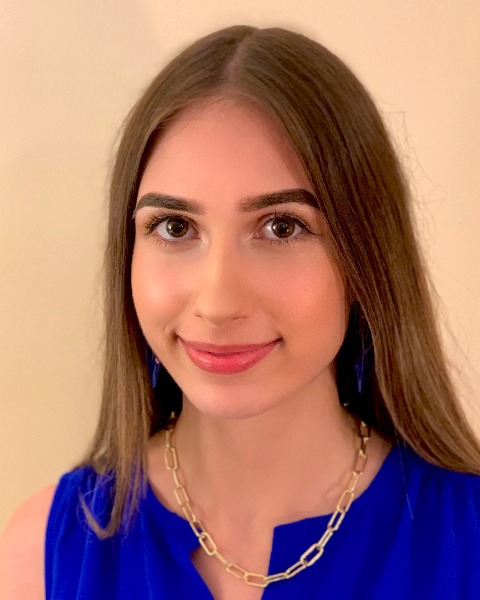Symposia
Obsessive Compulsive and Related Disorders
2 - (SYM 90) Enhancing OCD Outcomes: Effectiveness of an Intensive Outpatient Program

Jonathan S. Abramowitz, Ph.D.
Professor of Psychology
University of North Carolina at Chapel Hill
Chapel Hill, North Carolina, United States
Emily K. Juel, B.S.
Graduate Student
University of North Carolina at Chapel Hill
Chapel Hill, North Carolina, United States- KR
Kate Rogers, PhD
Quality Assurance & Compliance Director
OCD Anxiety Centers
South Jordan, Utah, United States - SH
Sandra Hadlock, M.S.
Data Scientist
OCD Anxiety Centers
South Jordan, Utah, United States - JF
Joseph Friedman, BA
PhD Student
University of North Carolina at Chapel Hill
Chapel Hill, North Carolina, United States 
Nicholas S. Myers, M.A.
Graduate Student
University of North Carolina at Chapel Hill
Chapel Hill, North Carolina, United States
Heidi J. Ojalehto, B.S.
Student
UNC Chapel Hill
Chapel Hill, North Carolina, United States- MT
Maya E. Tadross, B.S.
Study Coordinator
UNC Chapel Hill
Chapel Hill, North Carolina, United States 
Chase M. DuBois, BA
Clinical Research Coordinator
University of North Carolina at Chapel Hill
Chapel Hill, North Carolina, United States
Speaker(s)
Co-author(s)
Background: Although exposure and response prevention (ERP) is effective in the treatment of obsessive-compulsive disorder (OCD), not everyone who completes a course of this intervention experiences beneficial effects. Intensive outpatient programs (IOPs) are designed for those who require more support than standard outpatient treatment can provide, but who do not need the constant supervision of residential care. They are also flexible enough that patients can maintain some of their daily activities (e.g., part-time work, school) outside of therapy. IOPs also accommodate the need for a gradual approach to implementing ERP (e.g., using a hierarchy) and the use of adjunctive interventions. Few studies have examined the effects of IOPs for OCD. Accordingly, we addressed this important research gap with a large sample of adults and children.
Method: 659 adults and 352 children were treated in the OCD Anxiety Centers’ IOP in Utah. All received a principal diagnosis of OCD as confirmed by two interviewers. At pre-test and post-test, all completed the Yale-Brown Obsessive Compulsive Scale (Y-BOCS) or the Children’s Yale-Brown Obsessive Compulsive Scale (CY-BOCS). Treatment was delivered by a team of trained clinicians and behavioral health technicians for three hours per day, five days per week. Length of stay was determined on a customized basis. The primary intervention was individual and group ERP; with modified DBT, family therapy (as appropriate), and practice with other therapeutic skills as needed.
Results: 74.7% of adult and 77.0% of child participants completed the IOP. Y-BOCS and CY-BOCS reductions of 54.1% and 54.4% were observed for adults and children, respectively. A majority of completers also achieved clinically significant improvement. Baseline OCD severity predicted overall improvement in OCD symptoms, and there were no significant differences in outcomes between office-based and telehealth treatment.
Discussion: IOPs appear to be effective in reducing OCD symptoms in both adults and children, underscoring their utility particularly for those who need more support than standard outpatient therapy but less than residential care. The lack of significant difference in outcomes between office-based and telehealth formats suggests that IOPs can be flexible and adaptable, potentially increasing accessibility for patients. Possible predictors of outcome, implications for cultural factors among OCD patients, and study limitations will be discussed.

.png)
